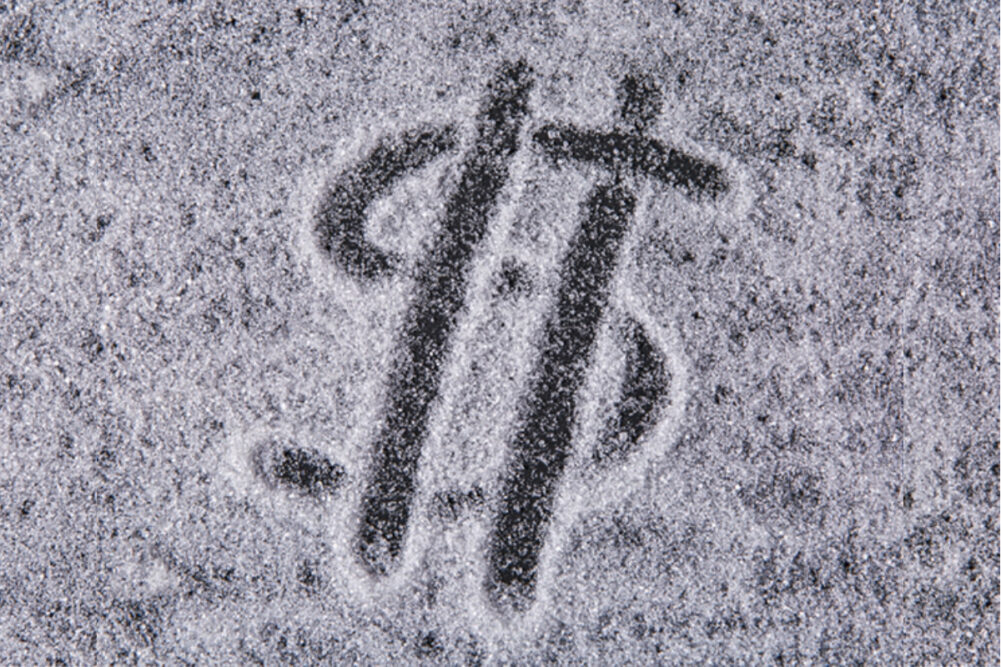KANSAS CITY — Despite the US Department of Agriculture’s forecasts for record large US sugar production this year and next year, speakers at the 2021 virtual International Sweetener Symposium on March 2 forecast little change in prices for next year (2021-22 beginning Oct. 1).
“Sellers are content to maintain fiscal year 2021 pricing into fiscal year 2022,” said Frank Jenkins, president of JSG Commodities.
Current spot offers are near 36.50¢ a lb f.o.b. Midwest for beet sugar, and 42¢ a lb Northeast and West Coast and 39¢ a lb Gulf for refined cane sugar.
Mr. Jenkins sees 2022 raw sugar prices (New York #16 contract) easing about 2¢ a lb from the current spot level near 30¢ a lb.
“There’s no apparent (short-term) relief for the raw sugar price aside from USDA granting additional access for Mexico,” he said, adding that a tariff-rate quota shortfall reallocation would be a first step.
Craig Ruffolo, vice president – commodity specialist at McKeany-Flavell Co., forecast beet sugar prices for 2021-22 about steady with 2020-21, in a range near 33¢ to 35¢ a lb Midwest. He expects some weakness in refined cane sugar prices, from around 38¢ to 41¢ a lb this year to 37¢ to 39.50¢ a lb next year.
Both speakers noted that the oversupply of raw cane sugar in the Gulf, due to record 2020-21 production in Louisiana, tended to make the domestic sugar market tighter than indicated by the USDA’s February forecast of a 16.1% ending stocks-to-use ratio.
“Stocks are stuck in Louisiana,” Mr. Ruffolo said, noting that it was the key factor supporting nearby domestic raw sugar futures.
Mr. Jenkins added that “a lot of the increase in raw sugar production is not making it to the East and West Coasts” where refining capacity is available.
Both speakers also were somewhat bearish on sugar demand (deliveries) in at least the first half of this calendar year.
Mr. Jenkins believes demand is about 75,000 tons less than the USDA’s February forecast of 12,200,000 tons, “bloated by non-reporters,” which is imported sugar counted as deliveries upon clearing customs while not necessarily delivered to end users yet. As a result, he forecast an ending stocks-to-use ratio near 14.8%, above the 14.1% ratio he expects to be reflected in the USDA’s March supply-and-demand report.
Mr. Ruffolo believes sugar demand will be slow to recover from the pandemic.
“Things don’t look very positive in the first part of this year,” he said.
He expects bulk sugar (industrial) demand to increase slowly “but not as much as hoped” over the next three to six months. However, he added that demand eventually will recover to pre-COVID-19 levels.
Mr. Ruffolo forecast 2022 corn sweetener prices to hold about steady at 2021 levels, noting the net cost of corn to refiners for this year was up about 63% from 2020 as much higher corn prices more than offset small gains in coproduct credit values.
Corn refining capacity was being underutilized for corn sweeteners and for ethanol, Mr. Ruffolo said, adding that demand for high-fructose corn syrup would “continue its downward slide.”
James Liddiard, senior vice president, Agrilion Commodity Advisors, forecast continued volatility in global sugar markets as well as in commodity prices in general. He noted that New York world raw sugar futures (No. 11 contract) went from a three-year high to a 13-year low in the first half of last year and hit a four-year high last week, as part of a “commodities super cycle,” and in part the result of a “long and strong” position by funds.
Fundamentally, a large global sugar deficit in 2019-20 flipped to a large surplus that now has nearly been eliminated (less than 500,000 tonnes). Supply has tightened due to poor crops in Thailand and Europe, while India is struggling to export sugar because of COVID-19 logistical challenges. Brazil filled much of the export gap as low energy prices prompted mills there to switch from ethanol to record-high sugar production. This year, though, Brazil has dealt with dry weather, while exporters must compete with soybeans for vessels.
There is much uncertainty about global sugar consumption, Mr. Liddiard said, with COVID-19 prompting logistical challenges, statistical revisions, changes in use and points of use, supply chain interruptions and economic impact.
Going forward, the old rule of 2% annual growth in sugar consumption “will be more like 1%,” he said.
“COVID will continue to cast a dark shadow, affecting direct consumption and policy decisions,” Mr. Liddiard said.
While 2020 showed how quickly outlooks can change and markets can respond, “the key theme of the commodities bullish super cycle cannot be ignored,” and volatility would continue.





